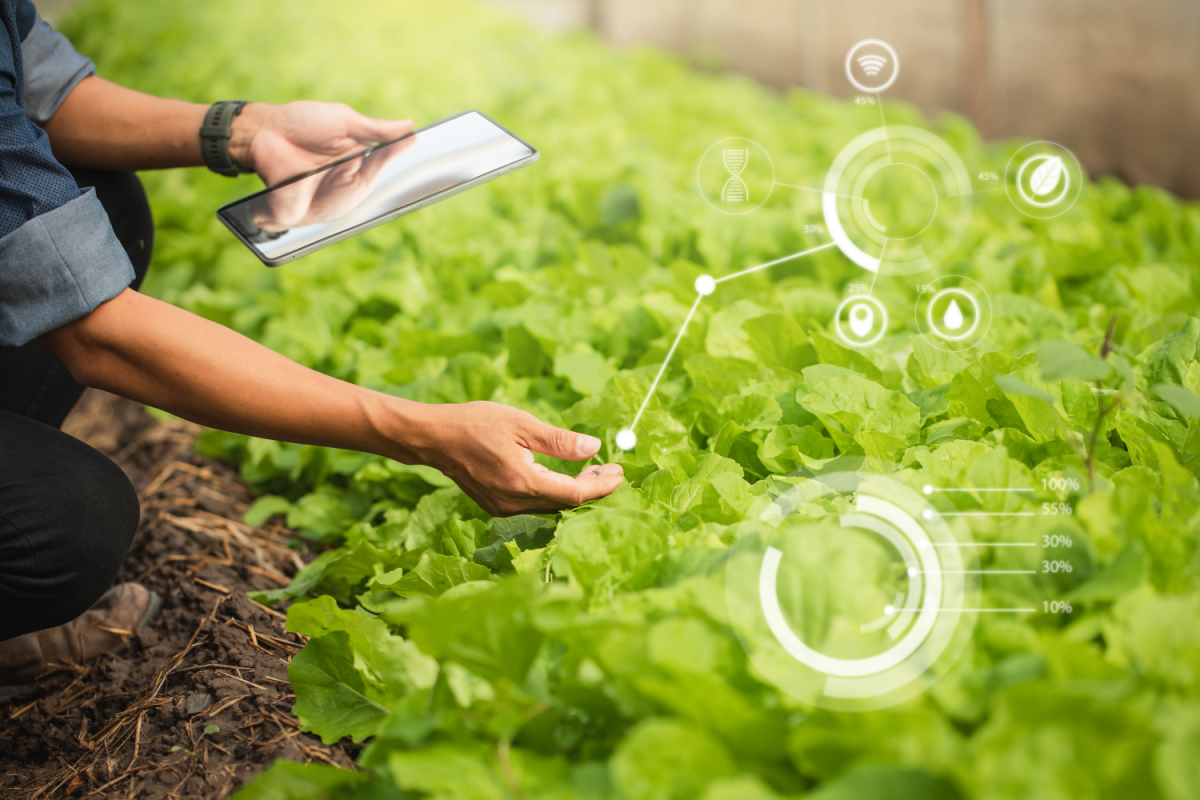El Niño, a powerful weather event known for causing both flooding and drought, poses significant threats to global food production. In June, scientists announced the arrival of an El Niño this year, anticipating record-breaking heat and precipitation. As the climate crisis intensifies, various crops are under strain, drawing the food industry’s attention to the looming effects of this weather event, which are anticipated to be felt deep into 2024.
What is El Niño?
El Niño is a climate phenomenon that triggers extreme conditions in the Southern Hemisphere. It typically forms in the central and eastern Pacific Ocean near the equator, often leading to severe rainfall and subsequent flooding in South America and southern parts of the US, and drought in South East Asia and Australia.
It and its cooler counterpart, La Niña, are driven by natural fluctuations in Pacific winds and ocean temperatures. Under normal circumstances, warm water is limited to the western Pacific, propelled by east-to-west winds toward Indonesia and Australia.
However, during an El Niño weather event, these winds decelerate, sometimes even changing direction, which allows the warmer water to flow eastward towards South America. As a result, while North and South America experience intense rainfall, South East Asia, typically a rainy region, faces drought.
Related: Could Seaweed Cultivation Help Solve Global Nutrition and Climate Challenges?
Since 1900, around 30 El Niño events have been recorded, with the most significant one occurring in 2016, marking temperatures 2.6 degrees Celsius above average.
In addition to the pre-existing climate crisis impacts, like the extreme heatwave conditions currently affecting southern Europe, the US and China, the additional influence of this weather event could exacerbate conditions for already vulnerable nations. Analysts predict water scarcity, rampant wildfires and even more heatwaves. And with global warming escalating, experts foresee a rise in the number of El Niño events.
What are the Current Predictions?
The United Nations’ (UN) World Meteorological Organization (WMO), the US National Oceanographic and Atmospheric Administration (NOAA) and the Australian Bureau of Meteorology have all confirmed the onset of an El Niño weather event this year. The WMO asserts a 90 percent chance of this event continuing until the end of 2023 with moderate or higher strength.
The event is likely to intensify throughout the year, with climate scientists forecasting record-setting heat and rainfall levels. NOAA predicts an 81 percent probability of the event reaching “moderate to strong intensity,” with a 20 percent chance of it attaining “historic” strength, comparable to the 1997 event.
How Will It Impact Food Production?
El Niño weather events typically lead to crop damage in affected regions, a prospect of significant concern to the food industry. The climate phenomenon’s intensity is particularly worrying, as has been observed in the past few months.
Even prior to the onset of a major weather event, staple crops have suffered due to climate disruptions, affecting food production. For instance, heat records in India, Thailand and Vietnam, three of the largest rice exporters, have led to a near 15-year high in rice futures.
In South East Asia, the drought induced by El Niño severely affects palm oil yields. Conversely, in Latin America, the above-average rainfall brought on by El Niño is expected to boost soya bean yields; however, if the rainfall is too extreme, it could overwhelm crops in these regions.
The effects of an El Niño weather event often persist into the following season, making its influence even more pronounced on global food production. This could potentially influence various commodities, from Australian grains to Indonesian and Malaysian palm oil and potentially even sugar, cocoa and coffee.
What Does El Niño Mean for Food Prices?
Economically, the effects of the El Niño weather event can be profound. For instance, the 1998 El Niño, one of the strongest on record, resulted in global economic losses of $5.7 trillion. Furthermore, it’s common for inflationary pressures to rise in the most exposed countries, like Brazil and Indonesia, when an El Niño strikes.
The El Niño weather event could also trigger protectionism, with nations potentially limiting exports to secure domestic food supply.
El Niño’s arrival signals an increase in food prices, hitting farmers, food businesses and consumers alike. The event could drive up prices of various products, from palm oil to chocolate and confectionery. In an era where general inflation is already high, the impact of this major weather event could exacerbate the situation.












Join or login to leave a comment
JOIN LOGIN